Scuba diving in Spain offers over 395 seriously incredible dive sites with abundance of marine life and sea vegetation. Imagine slipping into warm, huggable Mediterranean waters, surrounded by rainbow-coloured fish flitting through coral gardens and mysterious underwater caves. Whether you're just curious about taking your first underwater breaths or you're a seasoned pro with a logbook full of adventures, Spain has a dive spot that'll make your heart do a little underwater happy dance. You'll find friendly, expert dive centers dotted all along the coast, ready to share their passion. And the best part? You can often dive here year-round!
12 Dive Sites for Scuba Diving in Spain
1. Medes Islands Marine Reserve (L'Estartit, Costa Brava, Catalonia)
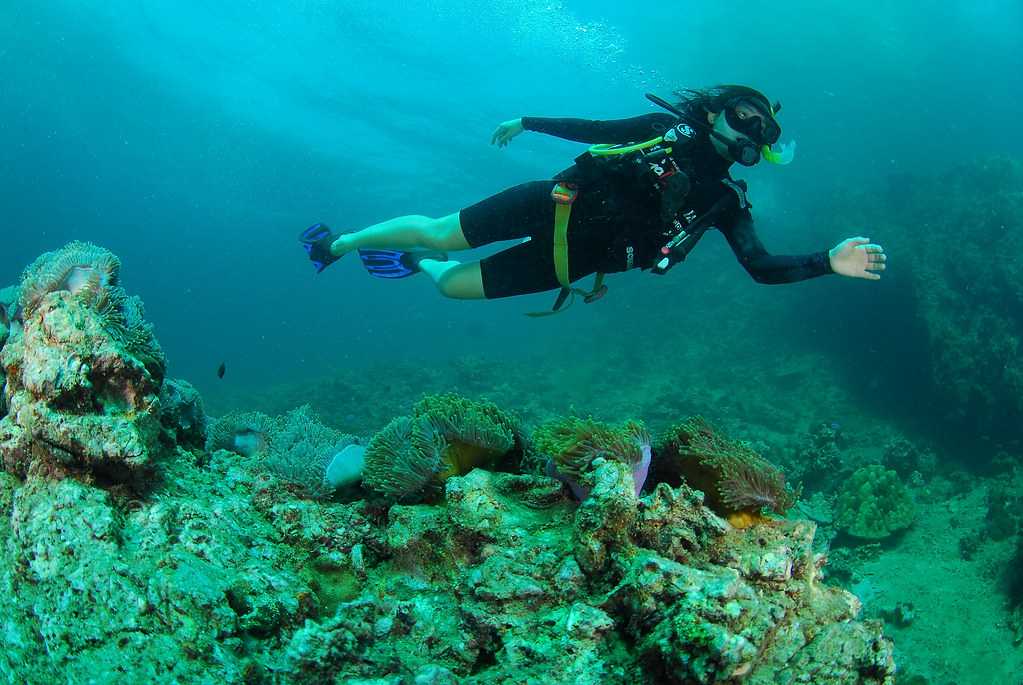
Often hailed as one of the best dive spots in the Western Mediterranean, the Medes Islands are a protected archipelago teeming with life. You can expect to encounter large groupers that are remarkably unafraid of divers, schools of barracuda swirling in the blue, vibrant coral walls, and intriguing underwater caves and tunnels. The strict protection has allowed marine life to flourish, creating an exceptionally biodiverse environment.
Accessibility: Numerous dive centers in L'Estartit offer boat trips to the Medes Islands, typically a short 10-15 minute ride.
2. Cabo de Palos - Islas Hormigas Marine Reserve (Murcia Region)
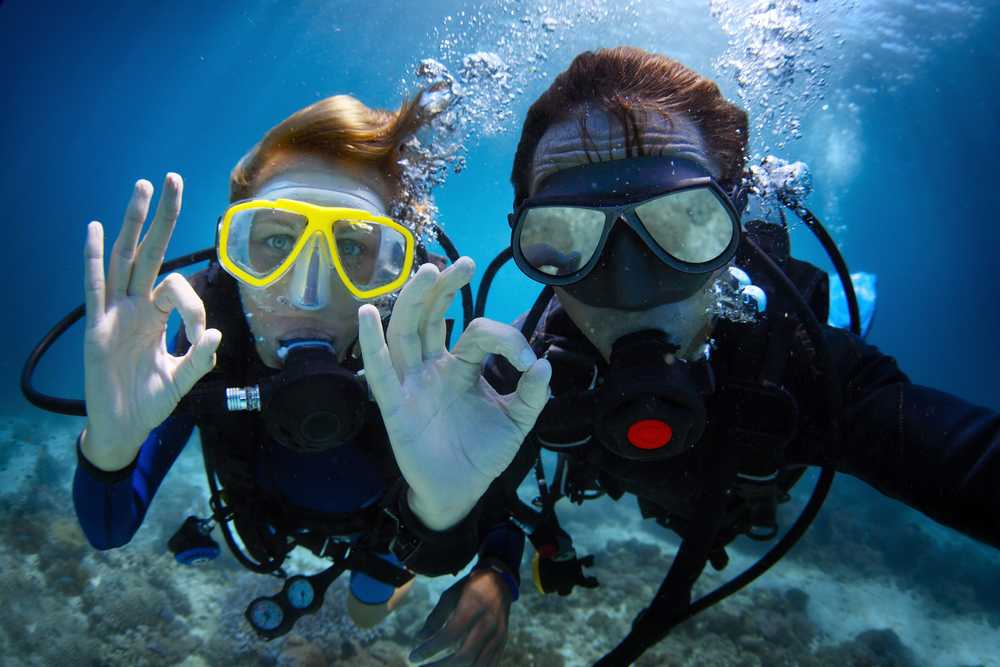
This area is a legendary destination for wreck diving enthusiasts, boasting numerous historical shipwrecks scattered around the Islas Hormigas (Ant Islands). Beyond the wrecks, the marine reserve itself is a vibrant ecosystem with rocky reefs, abundant fish life including tuna, barracudas, and large groupers, and fascinating underwater topography shaped by volcanic activity. Strong currents can be present, attracting larger pelagic species.
Accessibility: Dive centers in Cabo de Palos offer boat excursions to the various dive sites within the marine reserve, including the wrecks and reefs around the Islas Hormigas.
3. El Toro Marine Reserve (Southwest Mallorca, Balearic Islands)
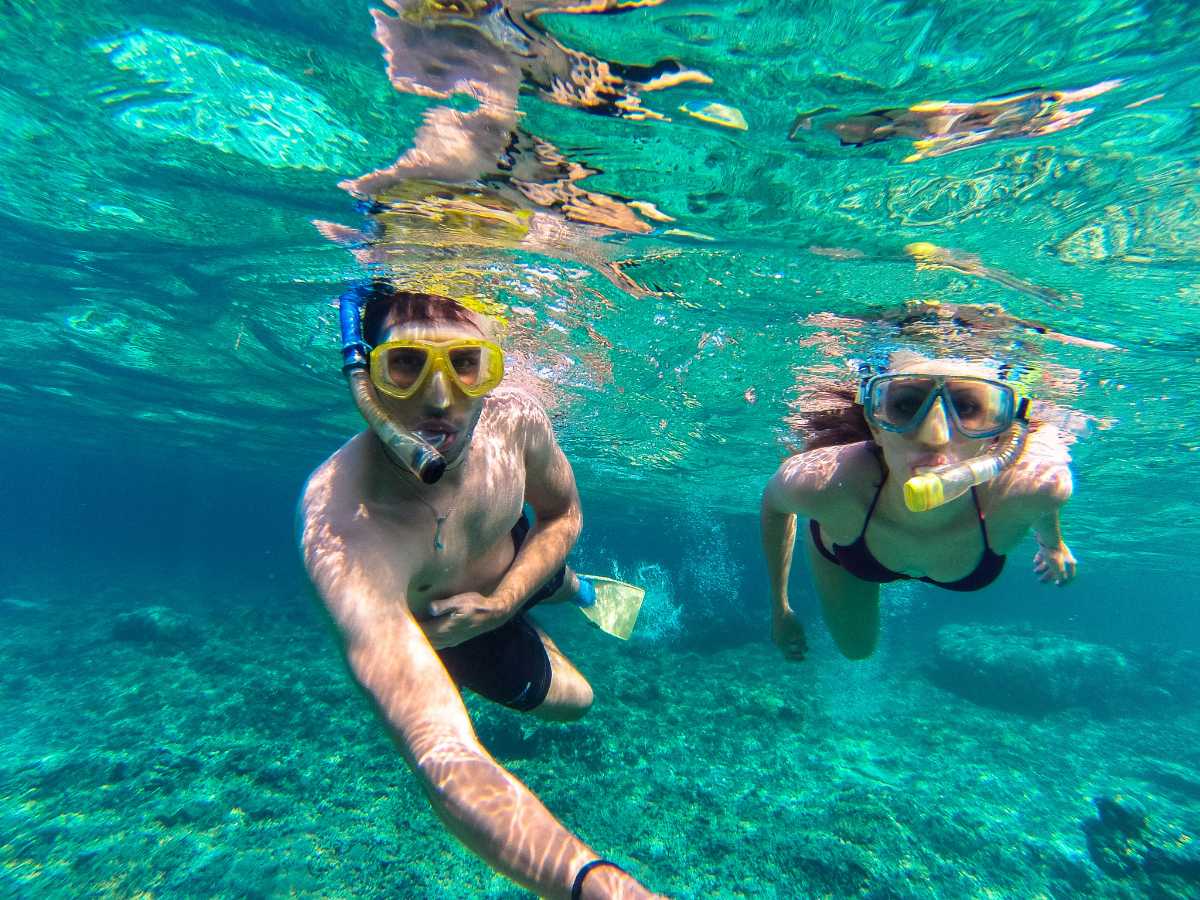
Situated off the southwest coast of Mallorca, near Santa Ponsa, El Toro is a protected marine reserve renowned for its exceptional visibility and dramatic underwater landscapes. Divers can explore impressive drop-offs, intricate cave systems, and rocky reefs adorned with colourful sponges and gorgonians. The reserve is home to a thriving population of Mediterranean marine life, including large groupers, schooling barracuda, moray eels, and various reef fish.
Accessibility: Numerous dive centers in Santa Ponsa and nearby areas offer boat trips to the El Toro Marine Reserve, typically a short 10-15 minute journey.
4. Dragonera Island Natural Park (West Mallorca, Balearic Islands)
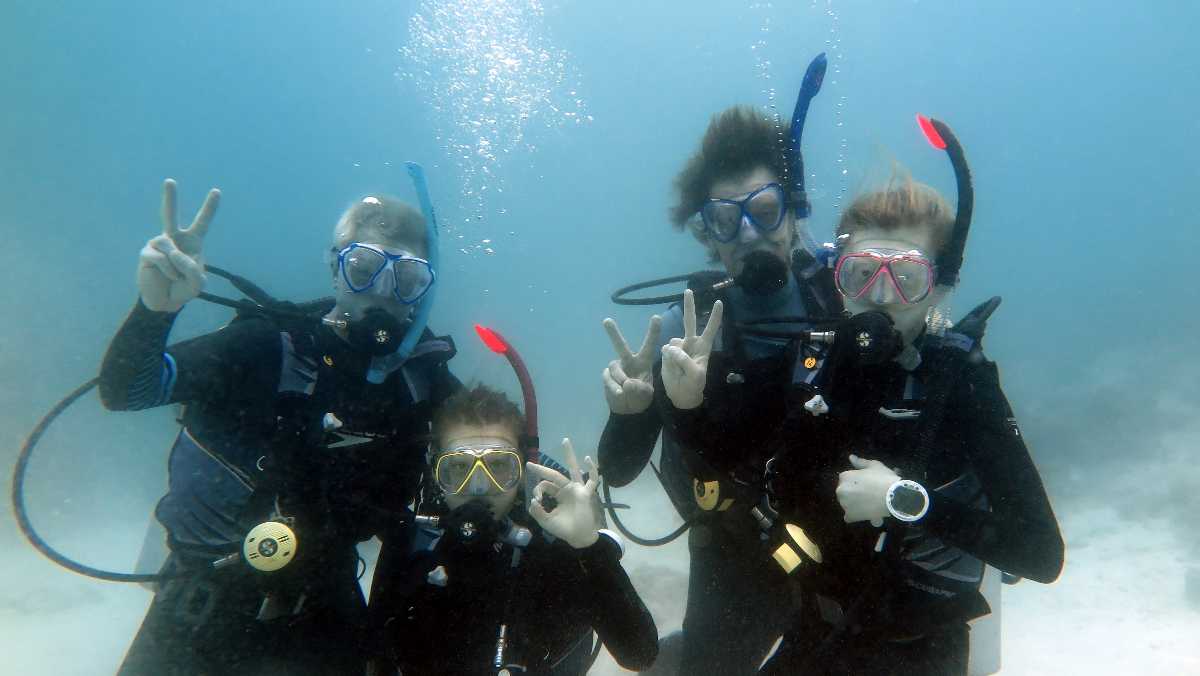
Located off the west coast of Mallorca, Dragonera Island and its surrounding waters are a designated natural park, boasting pristine clear waters and diverse underwater topography. A highlight here is the extensive and healthy Posidonia seagrass meadows, a vital ecosystem that supports a rich variety of Mediterranean marine species, including various reef fish, octopuses, and nudibranchs. You can expect calm sea conditions and excellent visibility, making it ideal for divers of all levels.
Accessibility: It is closed from Sant Elm from where several boat companies offer regular trips to Dragonera Island, including dive excursions organized by local dive centers based in Sant Elm or nearby Port d'Andratx.
5. Las Calmas Marine Reserve (El Hierro, Canary Islands)
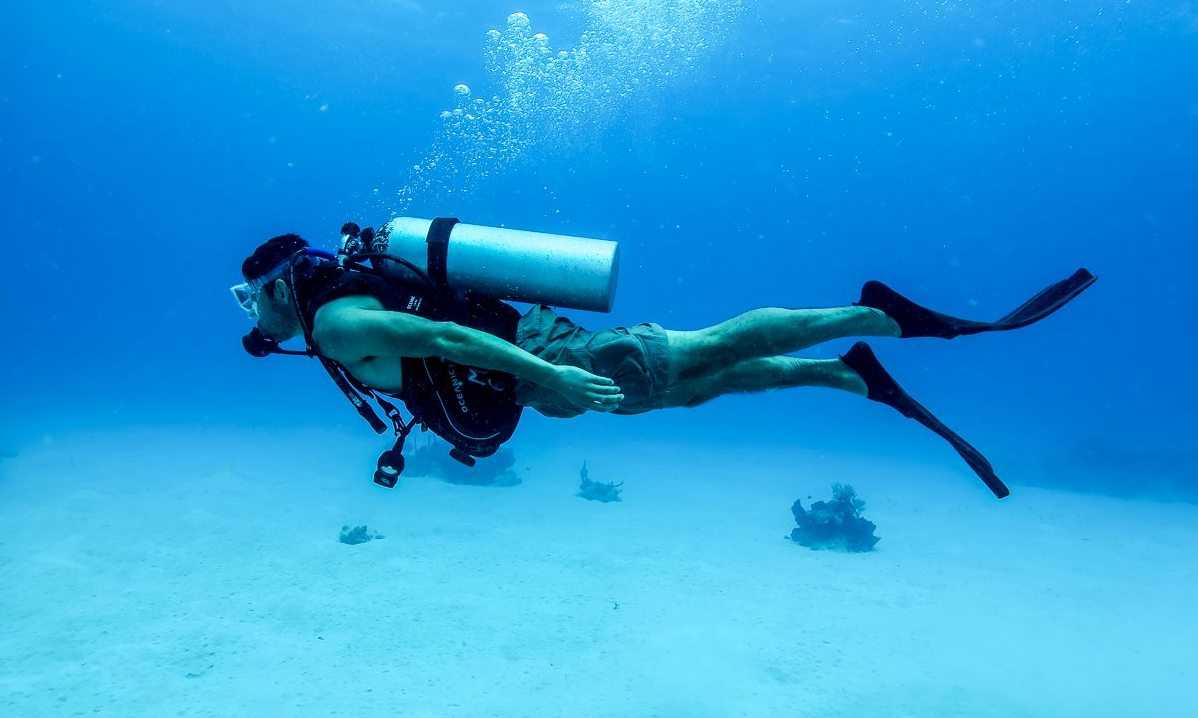
The waters surrounding the volcanic island of El Hierro are a UNESCO Biosphere Reserve, and Las Calmas Marine Reserve is its underwater jewel. Known for exceptional visibility (often exceeding 30-50 meters), mild water temperatures year-round, and unique volcanic underwater landscapes, including lava flows and arches. The reserve teems with a fascinating mix of Atlantic and subtropical marine life, offering encounters with rays, groupers, parrotfish, and the possibility of spotting dolphins and even whales.
Accessibility: The main diving centers are located in La Restinga, a small fishing village on the southern tip of the island, directly adjacent to the marine reserve. Boat dives depart daily from the harbor in La Restinga.
6. Montaña Amarilla (South Tenerife, Canary Islands)
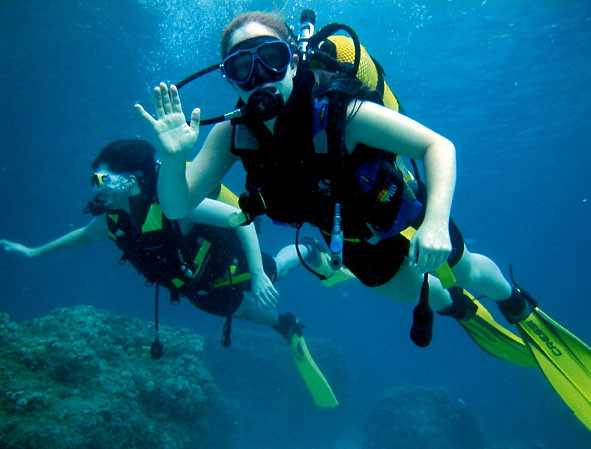
This striking yellow volcanic cone plunges dramatically into the Atlantic Ocean, creating a unique and visually stunning underwater landscape. Divers can explore the bizarre rock formations, swim through arches and small caves, and encounter a variety of marine life attracted to the structure, including rays, trumpet fish, damselfish, and barracuda. The relatively shallow depths and calm sea conditions often found here make it suitable for divers of various experience levels.
Accessibilty: It is located on the southern coast of Tenerife, near the popular tourist resorts of Costa del Silencio and Las Galletas. Numerous dive centers in these towns offer shore dives or short boat trips to Montaña Amarilla, often directly accessible from the shore.
7. Cala Fria (Cabo de Palos, Murcia Region)
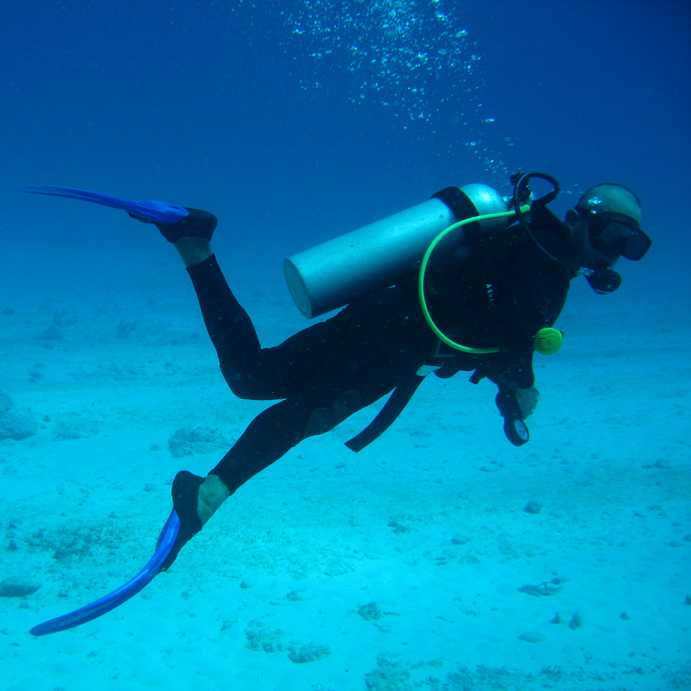
Meaning "Cold Cove," Cala Fria is a popular and easily accessible shore dive located beneath the iconic Cabo de Palos lighthouse. Despite its name, the water temperatures are generally pleasant. Divers can explore fascinating rock formations, small caves and overhangs, and encounter a diverse array of Mediterranean marine life, including octopuses, cuttlefish, moray eels, scorpionfish, and various species of rays often resting on the sandy bottom. It's an excellent site for macro photography and night dives.
Accessibility: In Cabo de Palos, Cala Fria is easily accessible by foot from the lighthouse area. Many dive centers in town offer guided shore dives at this location.
8. Bajo de Fuera (Islas Hormigas Marine Reserve, Murcia Region)
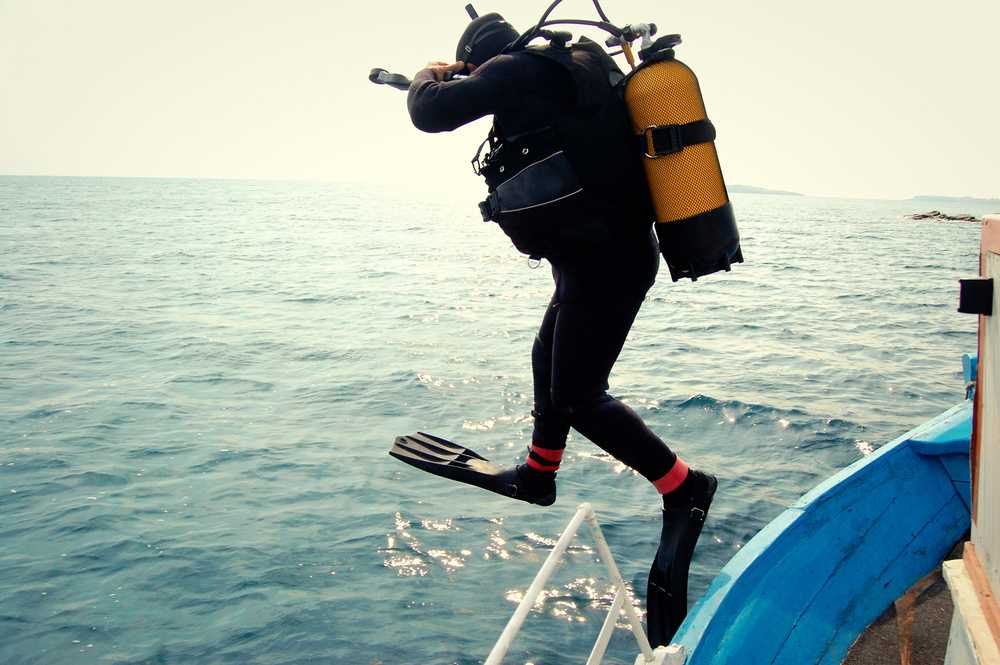
Situated further offshore within the highly protected Islas Hormigas Marine Reserve, Bajo de Fuera ("Outer Shoal") is a more challenging dive site. It is best suited for experienced divers due to potentially stronger currents. These currents, however, attract larger pelagic species in impressive numbers, including amberjacks, tuna, and graceful eagle rays. The underwater landscape features rocky pinnacles and drop-offs. Several shipwrecks also lie in the vicinity.
Accessibility: It is located further offshore from Cabo de Palos, within the Islas Hormigas Marine Reserve. Dive centers inthe town organize boat trips to Bajo de Fuera, which typically involves a longer boat ride compared to sites closer to shore. Be prepared for potentially challenging conditions.
9. The Cathedral (Playa Chica, Puerto del Carmen, Lanzarote, Canary Islands)
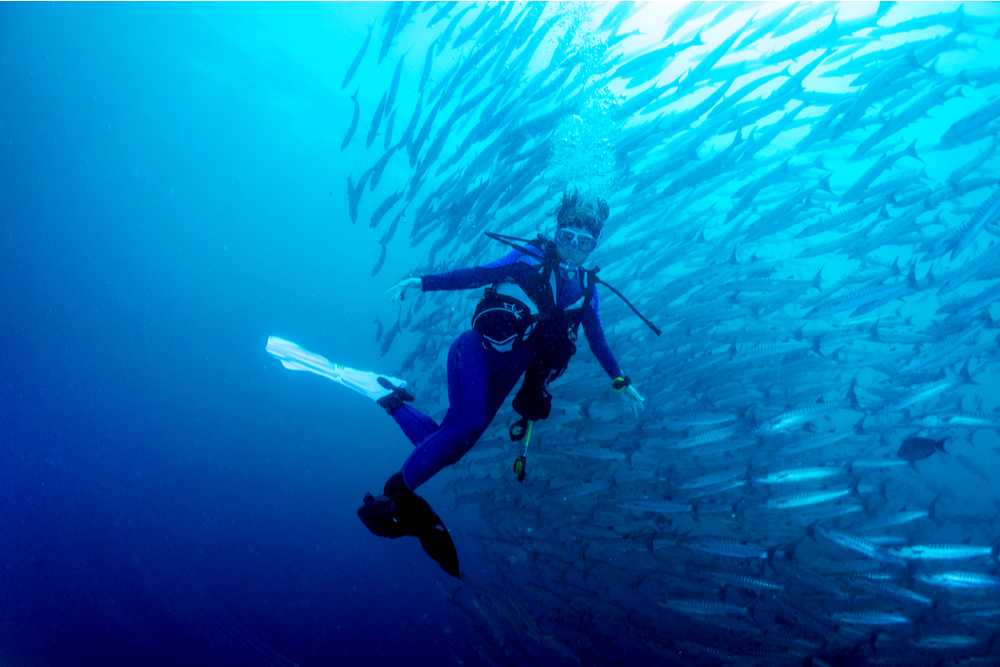
Located off the popular tourist resort of Puerto del Carmen in Lanzarote, "The Cathedral" is a spectacular dive site characterized by dramatic underwater volcanic architecture. The highlight is a large cavern with a wide entrance, allowing stunning beams of sunlight to penetrate the interior, creating a cathedral-like atmosphere. Divers can explore the cavern walls adorned with sponges and anemones and often encounter angel sharks, trumpet fish, and schools of smaller reef fish.
Accessibility: It is situated off the coast of Playa Chica in Puerto del Carmen, Lanzarote. Dive centers located directly on or near Playa Chica offer shore dives or short boat trips to "The Cathedral," which is often accessible directly from the beach.
10. Naranjito Wreck (Cabo de Palos, Murcia Region)
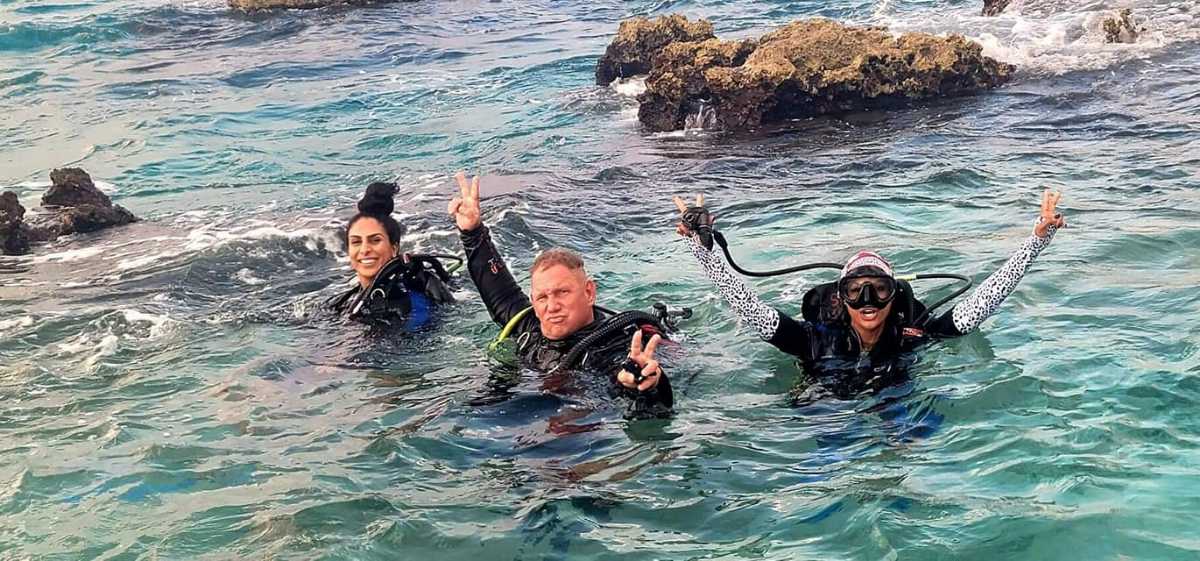
This impressive 51-meter-long cargo ship sank in 1946 and now rests upright on the seabed at a maximum depth of around 42 meters. The wreck is remarkably well-preserved and has become an artificial reef, encrusted with a rich variety of marine life, including colourful sponges, corals, and numerous fish species. Keep an eye out for larger inhabitants like Mola Mola (sunfish) and barracuda.
Accessibility: Dive centers in Cabo de Palos organize boat trips to the Naranjito wreck. Due to its depth, this dive is typically recommended for divers with advanced certifications.
11. Cíes Islands (Galician Coast, Pontevedra)

It is a part of the Maritime-Terrestrial National Park of the Atlantic Islands of Galicia. Expect excellent visibility on clear days and the chance to explore dramatic granite rock formations, underwater caves, and kelp forests teeming with life. While the marine life might differ from the Mediterranean, you'll encounter a rich variety of fish, crustaceans, and anemones.
Accessibility: It is an archipelago located off the coast of Galicia, near the city of Vigo. During the diving season (typically spring to autumn), several boat companies operate ferries from Vigo, Baiona, and Cangas to the Cíes Islands. Dive centers are often based in these mainland towns and organize boat trips to the dive sites around the islands.
Tip: Access to the Cíes Islands is often limited to protect their natural environment, so booking your ferry and dive trip in advance is highly recommended.
12. La Graciosa (Chinijo Archipelago Natural Park, Lanzarote, Canary Islands)
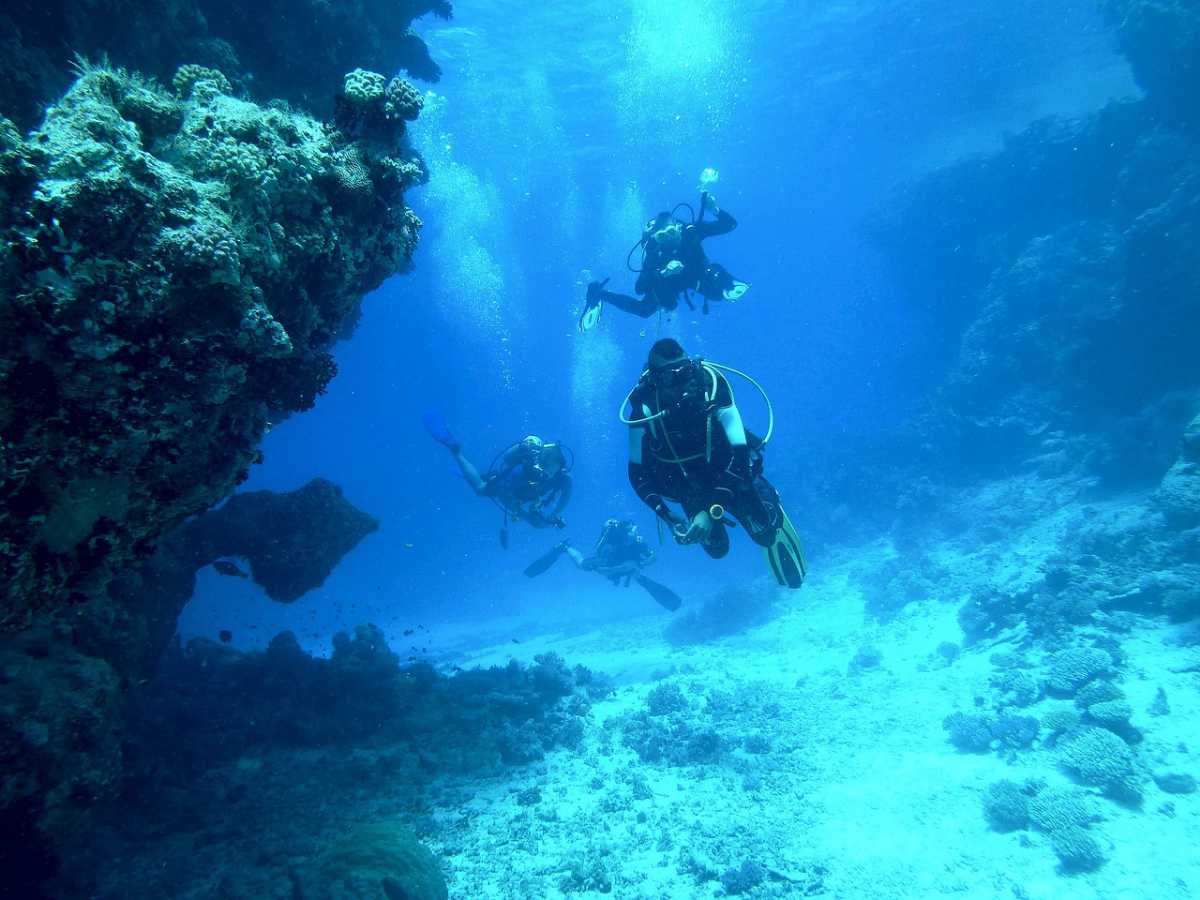
Located just north of Lanzarote, La Graciosa is a small, relatively untouched island forming part of the Chinijo Archipelago Natural Park. The waters surrounding La Graciosa are known for their exceptional clarity and diverse underwater landscapes, including volcanic reefs. Divers can encounter a variety of marine life common to the Canary Islands, such as angel sharks, rays, barracuda, and numerous colourful reef fish.
Accessibility: It is a small island north of Lanzarote, part of the Chinijo Archipelago. Regular ferries operate between Órzola and Caleta de Sebo, the main town on La Graciosa (the ferry journey takes around 20-30 minutes). Dive centers are located in Caleta de Sebo and offer boat trips to the various dive sites around La Graciosa and the other islets of the Chinijo Archipelago.
Scuba diving in Spain offers an unparalleled opportunity to discover a hidden world of beauty, adventure, and tranquility. Whether you're captivated by vibrant Mediterranean reefs, the allure of historic wrecks in the Atlantic, or the unique volcanic landscapes of the Canary Islands, Spain promises an unforgettable underwater journey. So, take the plunge, explore the depths, and discover the magic that lies beneath the Spanish waves!